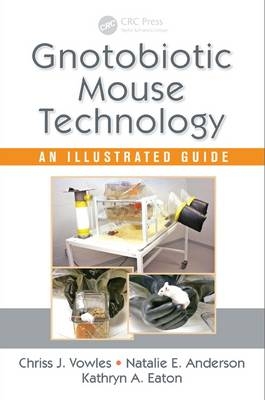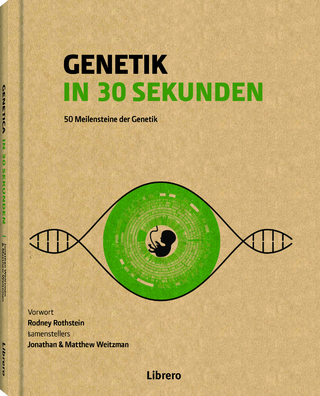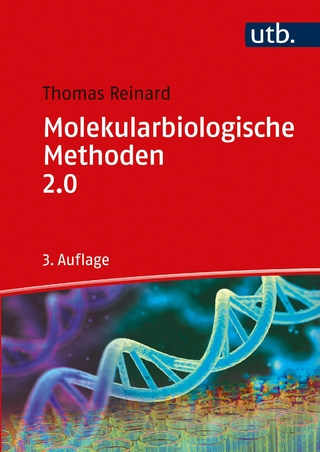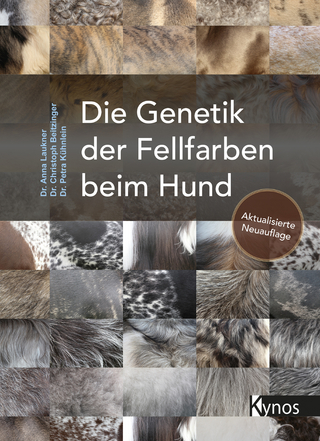
Gnotobiotic Mouse Technology
Crc Press Inc (Verlag)
978-1-4987-3632-9 (ISBN)
The book breaks down techniques and procedures into modules, each of which contains a step-by-step practical and visual guide to a set of related procedures. Each description consists of a materials list, introduction, and general overview, followed by a thoroughly illustrated walkthrough of the steps for each procedure. The descriptions end with troubleshooting tips. Technical chapters are heavily illustrated and include notations of potential pitfalls and alternatives. Other chapters discuss management procedures and practices such as the hiring and training of personnel, setting fee schedules, and record keeping.
This book is a landmark resource for establishing and maintaining a facility for germ-free mouse research. Useful to both technicians and investigators, it presents every step necessary to establish a successful facility. It also gives direction in expanding multi-user facilities and applying new technologies to your current practices.
Chriss J. Vowles co-manages a multi-investigator germ-free research laboratory at the University of Michigan in Ann Arbor. He began his career at the University of Michigan in 2003, working full-time as a husbandry technician in the Unit for Laboratory Animal Medicine. In 2006, he discovered gnotobiotic technology. At that time, the Germ Free Laboratory was just starting. Chriss joined the research group on the ground floor and has been growing with it ever since. The idea of maintaining a germ-free, complex organism fascinated him then and still captivates him today. After eight years of maintaining a germ-free colony of mice, the laboratory is still evolving, he is still learning, and his trials, tribulations, and rewards are constant. Natalie E. Anderson is a research technician lead at the University of Michigan's Germ Free Core. In 2009, she graduated from Michigan State University with a bachelor's degree in animal science and accepted a position with SoBran's contract for the National Institute of Allergy and Infectious Diseases (NIAID). In December 2010, she returned to Michigan to take a position with the University of Michigan's Unit for Lab Animal Medicine. Shortly thereafter, she started working part-time in the Germ Free Core and quickly learned to love the daily challenges involved in maintaining a germ-free colony. Natalie joined the core full time in July 2013. Kathryn A. Eaton has been working with germ-free and gnotobiotic animal models for 30 years. She started her gnotobiology career at Ohio State University, where she did her PhD research on Helicobacter pylori in gnotobiotic piglets. She went on to study mice several years later, and in 2004 she established the University of Michigan Germ Free Mouse Laboratory, which she now directs. Dr. Eaton is a board-certified veterinary pathologist with research interests in bacterial enteric disease and immunology. In addition to H. pylori ,
A Brief History of Germ-Free Life. Overview of Gnotobiotic Technology. Equipment and Terminology. Personal Protective Equipment. Sterilants and Sterilization. Isolator Setup. Port Entry and Exit. Sterilizing Food and Supplies. Supply Cylinder Entry. Isolator Maintenance. Aseptic Mouse Transfer. Working with Germ-Free or Gnotobiotic Mice in the Class II Biosafety Cabinet. Shipping Mice. Rederivation. Microbiological Testing. Genetic Testing. Record Keeping. Facility Setup and Management. Appendix: Sources for Equipment and Supplies.
| Zusatzinfo | 275 Illustrations, color |
|---|---|
| Verlagsort | Bosa Roca |
| Sprache | englisch |
| Maße | 156 x 234 mm |
| Gewicht | 452 g |
| Themenwelt | Medizin / Pharmazie |
| Naturwissenschaften ► Biologie ► Genetik / Molekularbiologie | |
| Naturwissenschaften ► Biologie ► Zoologie | |
| Veterinärmedizin ► Klinische Fächer ► Versuchstiere | |
| ISBN-10 | 1-4987-3632-7 / 1498736327 |
| ISBN-13 | 978-1-4987-3632-9 / 9781498736329 |
| Zustand | Neuware |
| Informationen gemäß Produktsicherheitsverordnung (GPSR) | |
| Haben Sie eine Frage zum Produkt? |
aus dem Bereich


